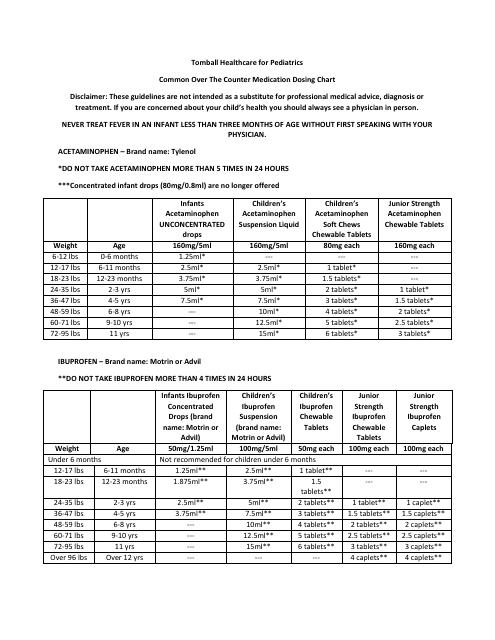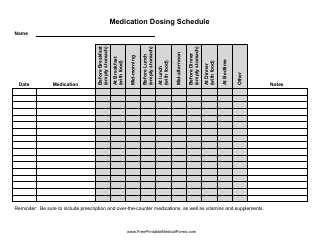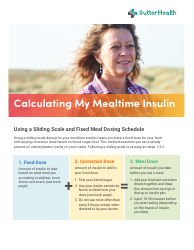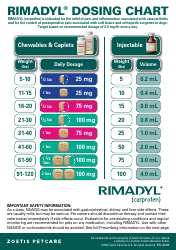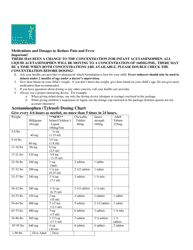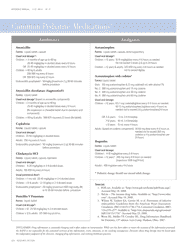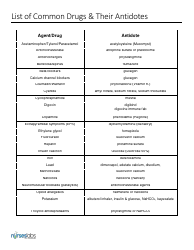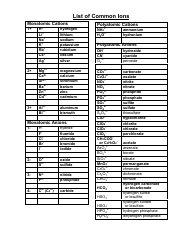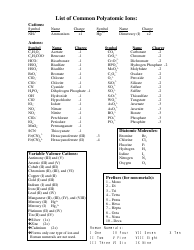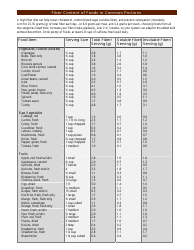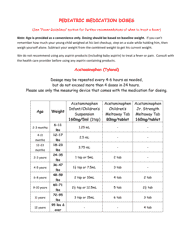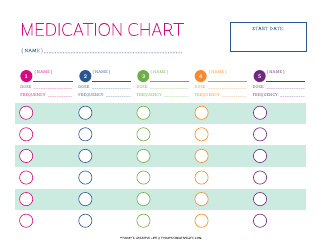Common Over the Counter Medication Dosing Chart
A Common Over the Counter Medication Dosing Chart is typically used for providing guidelines on the correct dosages of various over-the-counter (OTC) medicines. This can include a wide range of medications often used for alleviating symptoms of common illnesses like colds, allergies, pain, and fever.
The chart typically includes information like the name of the medicine, the appropriate dose based on factors like age or weight, and the maximum dose that should not be exceeded within a certain time period, usually 24 hours. The purpose is to help individuals safely and effectively use OTC medications to manage minor health issues without a prescription. They are particularly useful to avoid over-dosage or incorrect usage of medications.
This information is particularly necessary because even though OTC medicines can be purchased without a prescription, incorrect usage can still lead to health complications. Many charts also provide indications or warnings about potential side effects or drug interactions.
However, it's important to remember that these charts provide general guidelines and are not a substitute for professional medical advice. It's always recommended to consult your healthcare provider if you have questions or health concerns.
The Common Over the Counter Medication Dosing Chart is generally filed by healthcare organizations or institutions such as hospitals, pharmacies, or healthcare departments of the government. It essentially details the recommended dosages for various over the counter medications. This type of chart is typically prepared by healthcare professionals like pharmacists and doctors to guide individuals on the safe usage of over-the-counter medications. It's important to note that despite this guide, it's always recommended to follow the manufacturer's instructions or consult with a healthcare provider.
FAQ
Q: What common over the counter medications are available in the USA?
A: Some common over the counter medications in the USA include pain relievers like Acetaminophen (Tylenol) and Ibuprofen (Advil, Motrin), antihistamines like Diphenhydramine (Benadryl) and Loratadine (Claritin), and cough suppressants like Dextromethorphan.
Q: What is the typical dosing recommendation for Acetaminophen?
A: The typical dosing recommendation for Acetaminophen for adults is 325-650mg every 4-6 hours, not exceeding 3000mg in 24 hours. Always check the package for the manufacturer's recommendation or consult with a healthcare professional.
Q: What is the recommended dosage for Ibuprofen?
A: For adults, the standard dosage of Ibuprofen is 200-400mg every 4-6 hours, not exceeding 1200mg in 24 hours. It's important to not exceed the recommended dosage and to consult with a healthcare professional for advice.
Q: How much Diphenhydramine can I take?
A: For adults and children 12 years and older, the common dosage of Diphenhydramine is 25-50mg every 4-6 hours, not exceeding 300mg in 24 hours. It's essential to follow the dosing instructions on the package or consult with a healthcare professional.
Q: What is the typical dosing instruction for Loratadine?
A: Adults and children over 6 years old typically take 10mg of Loratadine once per day. It is important not to exceed the recommended dosage unless told to do so by a healthcare professional.
Q: What is the dosing recommendation for Dextromethorphan?
A: Dextromethorphan is typically dosed at 10-20mg every 4 hours or 30mg every 6-8 hours, not exceeding 120mg in 24 hours for adults and children 12 years and older. Always follow the dosage instructions on the package or from a healthcare professional.
